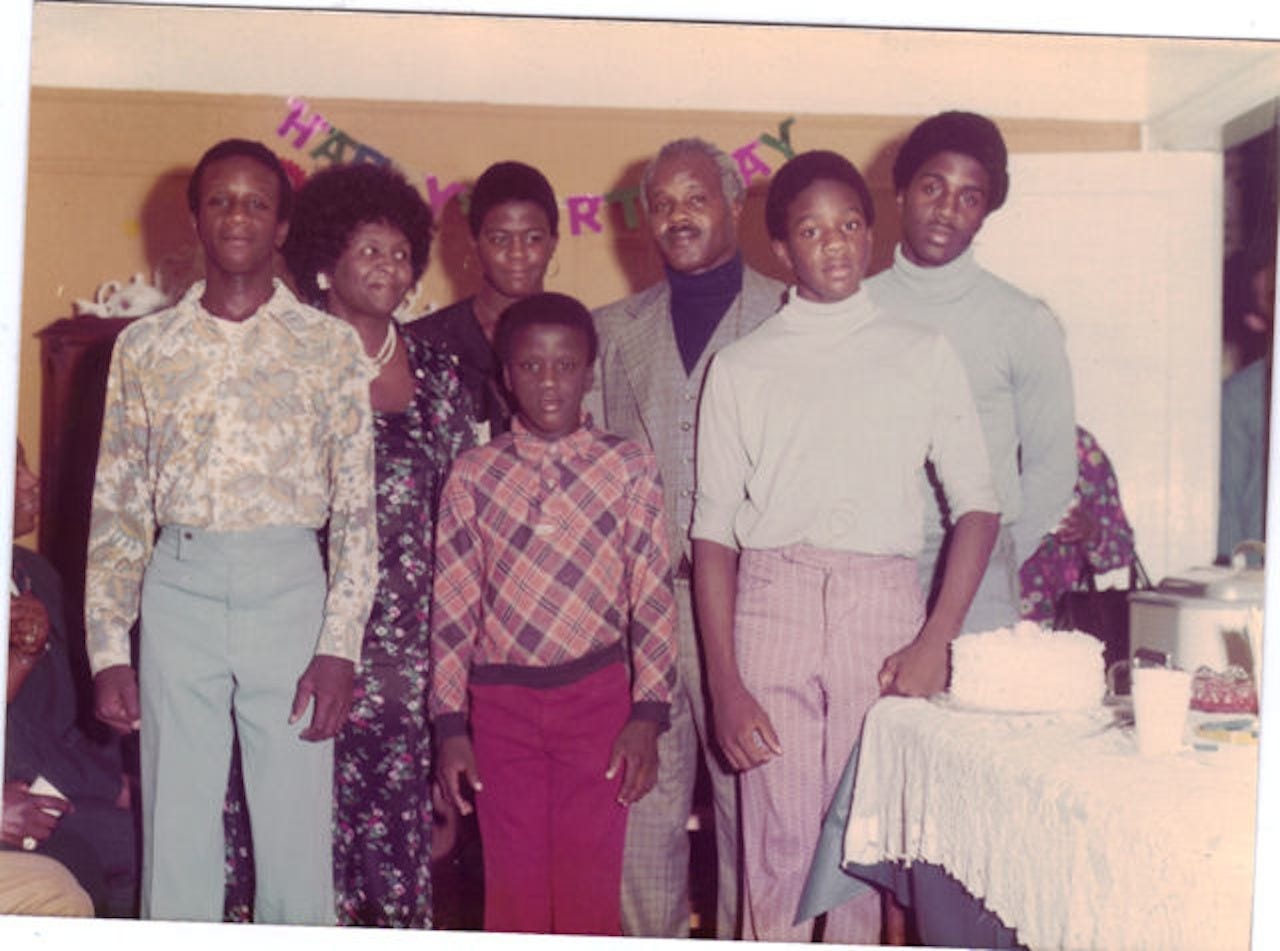Green Grass and Guns
A native son traces the tumultuous history of Cambria Heights, Queens, from a beacon of hope for black families to a tragic casualty of the drug war.
In 1965, when I was five years old, my family moved from the Bed-Stuy neighborhood of Brooklyn into a five-bedroom house on 210th Street in Cambria Heights, a little-known Queens neighborhood on the Nassau County border. Buying a house in Cambria Heights, at the time, was a symbol of success for many African-American families, and so it was for mine. The Greater Jamaica area, including Cambria Heights, St. Albans and Addisleigh Park, had become one of the city’s first middle-class African-American areas, over the years home to prominent residents like Count Basie, W.E. B. Dubois and Ella Fitzgerald. My father, a postal worker, and my mother, a registered private duty nurse, told us they moved into Cambria Heights so their children would have the opportunity to succeed.


